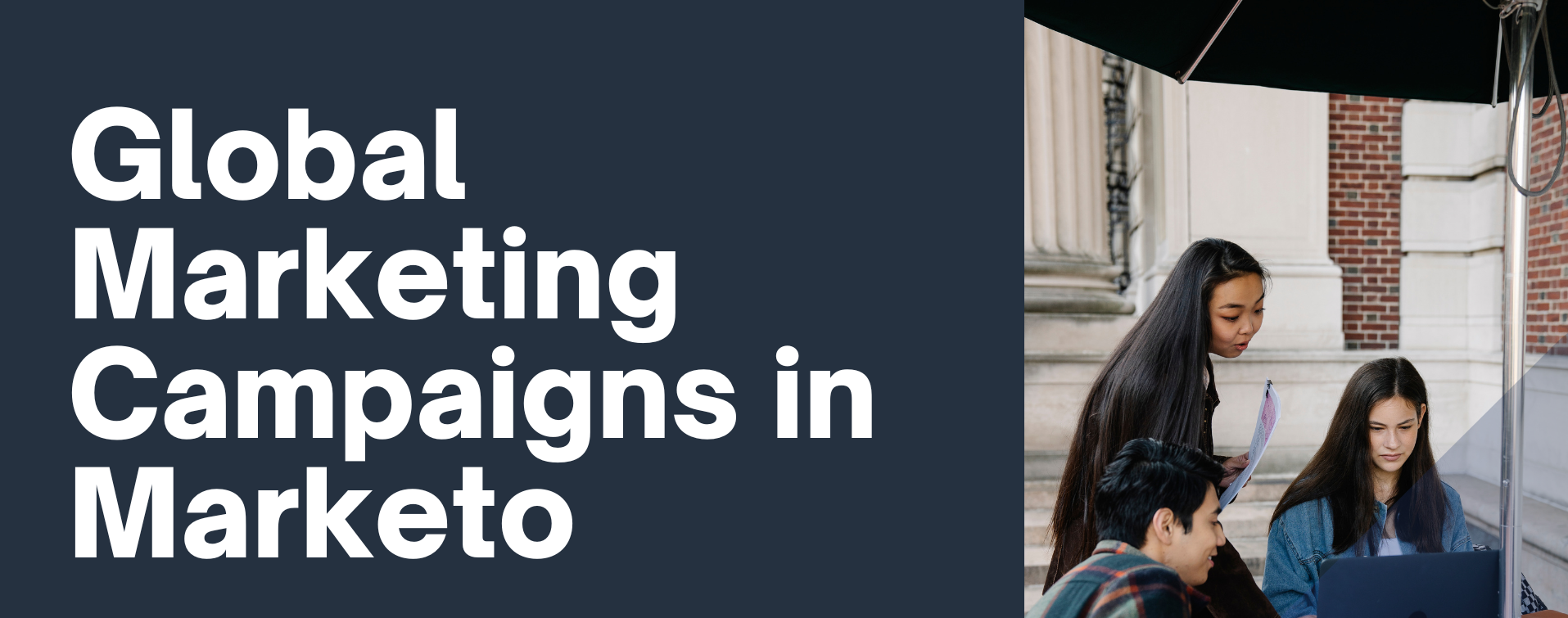Reaching a global audience requires an intricate balance of maintaining brand consistency while localizing content for diverse markets.
This article borrows heavily from the insights shared on the YouTube video – Unlocking Global Marketing with Marketo Engage, by various Adobe Marketo Engage Experts, which provides a compelling perspective on the intricacies of launching, maintaining, and reporting on global marketing initiatives. Drawing from their expertise, this blog will further offer practical insights and actionable strategies.
Here’s how Adobe’s Marketo Engage can be a powerful tool to support multilingual and multi-regional marketing efforts:
-
Culture and Localization: Global marketing demands a deep understanding of cultural nuances. Just as Netflix localizes content with translated audio, email marketing must cater to regional preferences and languages. Marketo Engage supports the creation of tailored campaigns with localized messages for each market, ensuring relevance and effectiveness.
-
Segmentation and Personalization: A critical aspect of global marketing is targeting audiences in specific regions with content relevant to their cultural and legal context. Marketo Engage allows marketers to segment audiences by language, region, and legal requirements to ensure targeted, personalized campaigns. For example, Marketo’s dynamic content feature helps marketers create different versions of emails and landing pages for various regions.
-
Workspaces and Partitions: Managing large databases across multiple regions or products can be complex. Marketo’s workspaces and partitions allow organizations to divide data based on business units, regions, or products. For instance, a healthcare company may want to keep its marketing campaigns separate for different regions like the US and Europe to comply with local regulations. This setup ensures that campaigns remain focused and compliant while reducing the risk of marketing mistakes, such as sending emails to the wrong audience.
-
Data Compliance and Privacy: With over 70% of the world expected to be under privacy regulations by the end of the year, ensuring data privacy is paramount. GDPR in Europe, for instance, imposes strict regulations on how data can be collected and managed. Marketers must collaborate closely with legal teams to ensure compliance with local laws while maintaining trust with customers. Preference centers and proper consent management are crucial for managing customer data securely.
-
Efficient Asset Management: Managing creative assets such as email templates, landing pages, and forms can become overwhelming in a global marketing setup. Marketo’s global forms, snippets, and tokens simplify this process. For example, instead of creating multiple forms for different regions, marketers can create global forms that dynamically change based on the user’s location or language preference, reducing the number of forms needed and enhancing efficiency.
-
Velocity Scripting for Personalization: For more advanced personalization, velocity scripting in Marketo allows for deeper customization of email content. This script can adjust elements like email greetings or dates based on the recipient’s region, language, or gender. For instance, a global webinar invite can dynamically display the correct date format for different countries (e.g., day/month/year in the UK vs. year/month/day in Sweden) through velocity scripting.
Examples
-
Triple Language Forms: A company managing forms for different regions reduced their forms from 600 to just 28 by using dynamic forms that adapt based on the user’s country. For instance, a single form could display legal disclaimers in English, French, or German depending on the region of the visitor.
-
Email Personalization: Using velocity scripting, a company created customized email headers that dynamically adjusted the sender’s name and email address based on the recipient’s country. This helped maintain brand consistency while also catering to regional legal requirements.
-
Data Compliance and Preference Centers: In GDPR-regulated regions, companies have implemented preference centers that allow users to manage their communication preferences (e.g., email frequency, channel of communication) while ensuring data is stored securely and deleted if requested.




